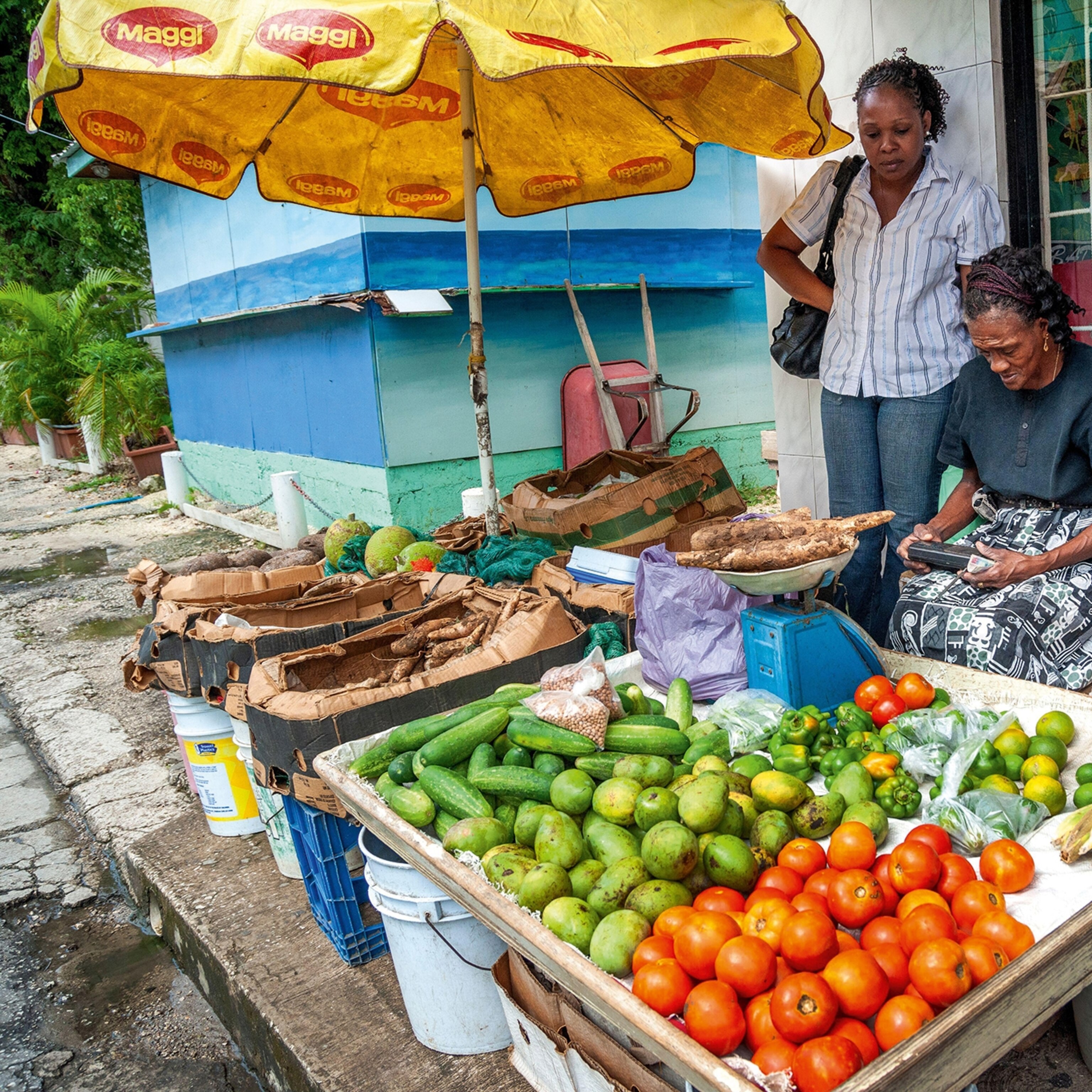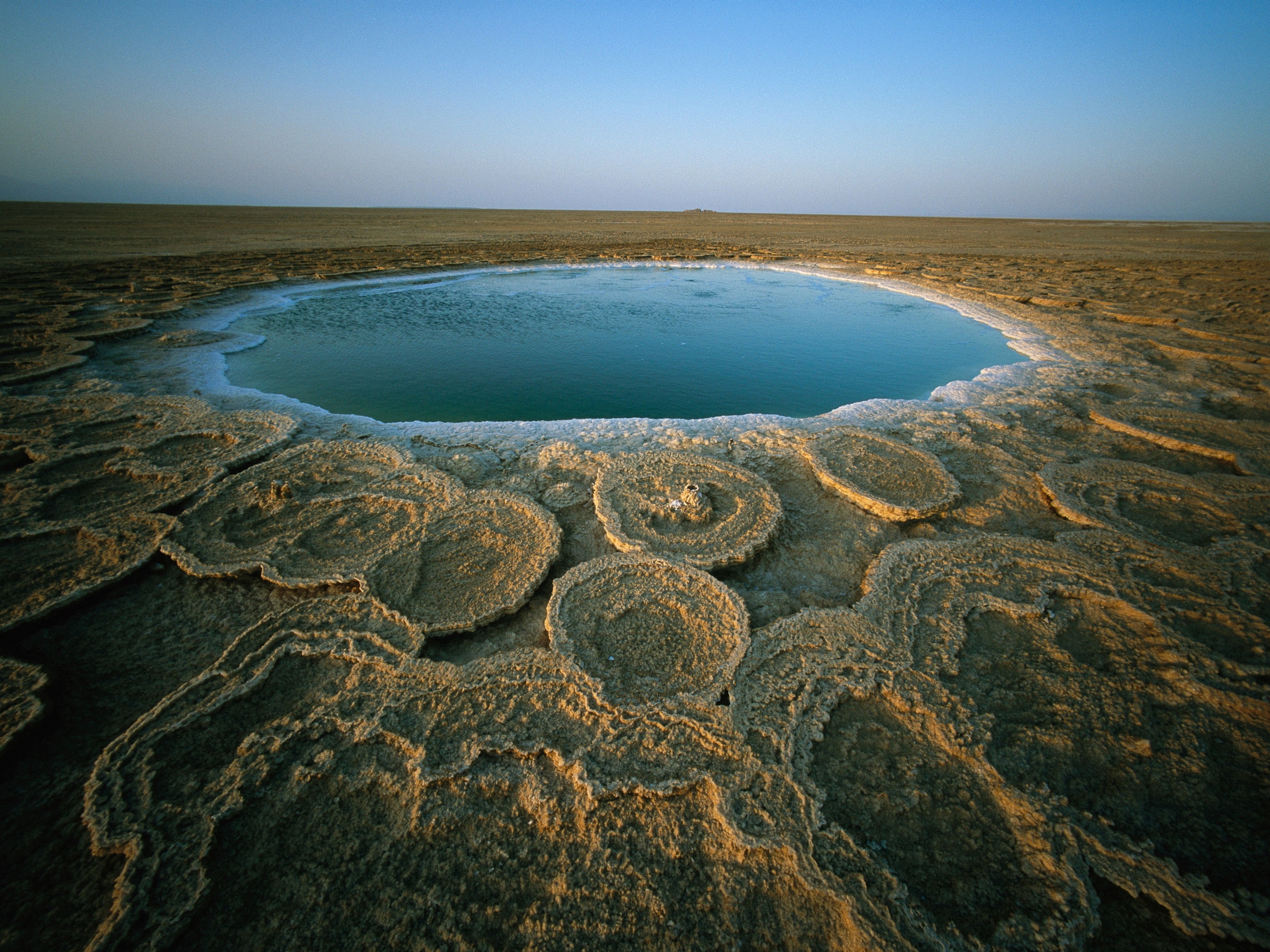The surprising history of America’s ‘pick-your-own’ farms
From wartime to the Great Depression, here’s how farmers turned hard times into a billion-dollar agritourism industry.
It’s become something of a tradition. As autumn peaks across the United States, urban Americans head to the countryside to pick through craggy branches for crimson apples or zigzag through corn mazes on frosty mornings.
These short road trips to farms for Instagrammable fun have become more popular in the past 20 years, feeding an agritourism industry that’s grown from pennies to billions of dollars.
Yet snapshots of overflowing apple crates or toddlers clambering on toy tractors don’t capture the complex history of pick-your-own farms. That history stretches from the depths of the Great Depression and illustrates how farmers harvested fortune from hardship.
Friends at the farm
People have long exchanged labor for a cheaper grocery bill, but the proposition of pick-your-own produce appeared around the turn of the 20th century. Soon after, entertainment met economics.
“Join the merry orange pickers!” crowed a 1907 advertisement for a farm near Los Angeles, California. “Big crowd going today. A novel, fascinating experience.”
By 1920, a pair of forces created ideal conditions for this type of travel to thrive. City dwellers represented a majority of the U.S. population for the first time, and a Ford Model T cost half as much as it had a decade prior.
Classified advertisements in 1920s newspapers beckoned readers to drive out and pick their own food—grapes and green beans, plums and potatoes—often within an hour or so of metropolitan hubs. “Bring your friends Sunday,” encouraged a Maryland orchard near the nation’s capital.
But cheerful excursions to individual farms for “novel, fascinating” tastes of agrarian labor belied the blight spreading through the wider agricultural system.
(Here’s why a farm stay in Amish country may be the perfect fall getaway.)
Chaos in ’32
Upper-class Americans enjoyed an extravagant decade during the 1920s, but much of the country struggled amid a vortex of troubles.
Farmers tilled acres of new soil to meet the unprecedented needs of World War I. They kept producing at elevated levels after the conflict ended, which was amplified by the shift from horses to engines. Advances in livestock and plant sciences further boosted surpluses at the exact wrong time.
Global markets for U.S. agricultural products dwindled as Europe rebounded, while immigration restrictions and declining birth rates meant fewer mouths to feed at home. Prices steadily sank. If farmers had collected $1 in 1929 for crops like wheat or cotton or corn, only four dimes jangled their pockets in 1932.
Debts ballooned as those scarce incomes faltered against steep rural tax increases (to fund school and road improvements) and the billions of dollars farmers had borrowed to expand their grounds.
(This photo project reveals why we need small farms.)
“These are rotten years,” says Pamela Riney-Kehrberg, distinguished professor of history and department chair at Iowa State University. “For farmers, the 1930s are the worst version of what was already bad.”
The situation escalated in July 1932. As the stock market fell to its lowest point during the Great Depression, 20,000 military veterans camped near the U.S. Capitol demanding payment for wartime services. At the same time farmers—the foundation of the food supply chain—clamored for financial relief to ensure that they earned enough to cover their expenses.
Desperation and anger morphed into action as Iowa farmers pledged to strike, with shared commitments in Minnesota.
But none of these shocking agitations stopped the cherries from ripening in northeast Wisconsin.
A light in Wisconsin
That same month, Lake Michigan breezes nuzzled bright red clusters on the trees near Ellison Bay and the tip of the peninsula, down through Fish Creek, around the largest town of Sturgeon Bay, and on south.
Door County had claimed the title of top cherry producer in the country, yet silence reigned as the harvest readied. Local canneries guaranteed payments of only one cent per pound, which wouldn’t cover costs. The math failed—it was cheaper to let the cherries decay on the branches.
Orchard owners couldn’t countenance such a loss, so fertile minds flipped the equation. Announcements appeared in newspapers and on the radio waves: Cherries at a penny a pound. Pick them yourself.
“What those fruit farmers are trying to do is desperately find a market for something that is not on anybody’s list of absolute requirements,” says Riney-Kehrberg. Fruit, she explains, was a luxury for many families during the Depression.
(A fruit obsession took this writer on an adventure of a lifetime.)
Unusual warmth accompanied the season’s opening Sunday in early July as people playing farmer for a day plucked 100,000 pounds of pendulous fruit. Astonishment at the success gave way to a scramble.
Workers from rival orchards posted themselves at the new bridge in Sturgeon Bay and handed out cards with directions. Young men in swimwear roller-skated along roads with signs on their backs. Trucks with “Follow me” billboards intercepted traffic.
Employees of various cherry growers waved flags at street intersections to peel off drivers from the parade of up to 500 vehicles arriving on some days. Newspapers reported that still other workers, when cars slowed, “would jump on the running board and persuade pickers to stop there rather than continue on.”
In those frenzied weeks, a single orchard recorded 10,000 visitors from 130 towns within driving distance.
Despite a terrible month in a prolonged crisis, travel offered a joyful escape. “The pickers are making a lark of it,” a newspaper recounted. “Perched in the trees, they laugh and chat.” People then stayed to sightsee, especially at Potawatomi and Peninsula state parks.
For the first time short getaways combined with farm life at a substantial scale, generating an economic boom of $25,000 in cash, or a half million dollars today.
The following summer a more expansive and coordinated effort unfolded.
Tourists welcome
Wisconsin dairy farmers continued their strikes and confronted the bayonets of National Guard troops days after passage of the Agricultural Adjustment Act in May 1933. The legislation attempted to increase pay for farmers by curtailing production.
Federal quotas meant that the Door County canneries could pack only eight million pounds of fruit, even with a predicted crop of double that size. Orchard operators strategized for weeks and finally formed a marketing group called the Wisconsin Cherry Growers. Upward of 300 farmers met in a high school auditorium to agree on standard prices.
With that, the entire county prepared to welcome agricultural tourists who could solve the surplus problem. Pick-your-own advertisements launched in places such as Green Bay and Milwaukee (then the 12th most populous city in America) with messages that entwined affordable fruit with leisure: “Give your family an outing” and “Take a vacation.”
(These smart winter getaways can inspire young minds.)
Construction crews had physically smoothed the path for tourists the previous autumn. A “continuous strip of pavement” now connected Chicago and Milwaukee up the lakeshore to Door County.
Maynard Owen Williams noted the roadside signs at orchards as he drove the newly built highways of the Wisconsin peninsula. National Geographic’s chief foreign correspondent later wrote that for 15 cents tourists could pick “enough lusciousness for three or four deep, gory cherry pies.”
Visionary goals
Such a creative approach in Cherryland remained an anomaly for quite some time.
The Agricultural Adjustment Act mollified most farmers in the Midwest but disenfranchised tens of thousands of Black farmers who rented land, particularly in the South. Within months, calls for strikes began in Alabama. Undeterred by intimidation and murders, membership in the Sharecroppers’ Union swelled.
Black farmers across the country who persisted still faced decades of discrimination when they applied for loans from the U.S. Department of Agriculture.
Booker T. Whatley imagined a different path in the 1970s. The visionary Black horticulturalist advocated against any attempts to match industrial agricultural operations. He talked with food scientists, entomologists, and engineers to inform his blueprints for small farms that relied on the pick-your-own model to deliver financial independence for the farm owners.
Family farms began reviving the pick-your-own concept in the 1970s and 1980s, but Whatley illustrated the power of proximity, both to dirt and to cement. In his 1987 guidebook, he urged farmers to select locations on hard-surfaced roads within 40 miles of a city to attract urban residents headed for weekend trips. He also recognized the deeper impulse of travelers. “Many come here to enjoy the country atmosphere,” he wrote, “as much as they do to pick fresh fruits and vegetables.”
Whatley’s statement anticipates today’s extras, from food trucks to farmhouse rentals to festivals for nearly every crop that turns sunlight into snacks.
These activities now augment a range of pick-your-own options in practically every state, where farms extend a familiar invitation to microadventures with century-old roots.
Dustin Renwick is a story editor for National Geographic Live and a journalist who focuses on stories about science, sports, and history, especially from the Midwest and Great Lakes. Follow him on Twitter.







